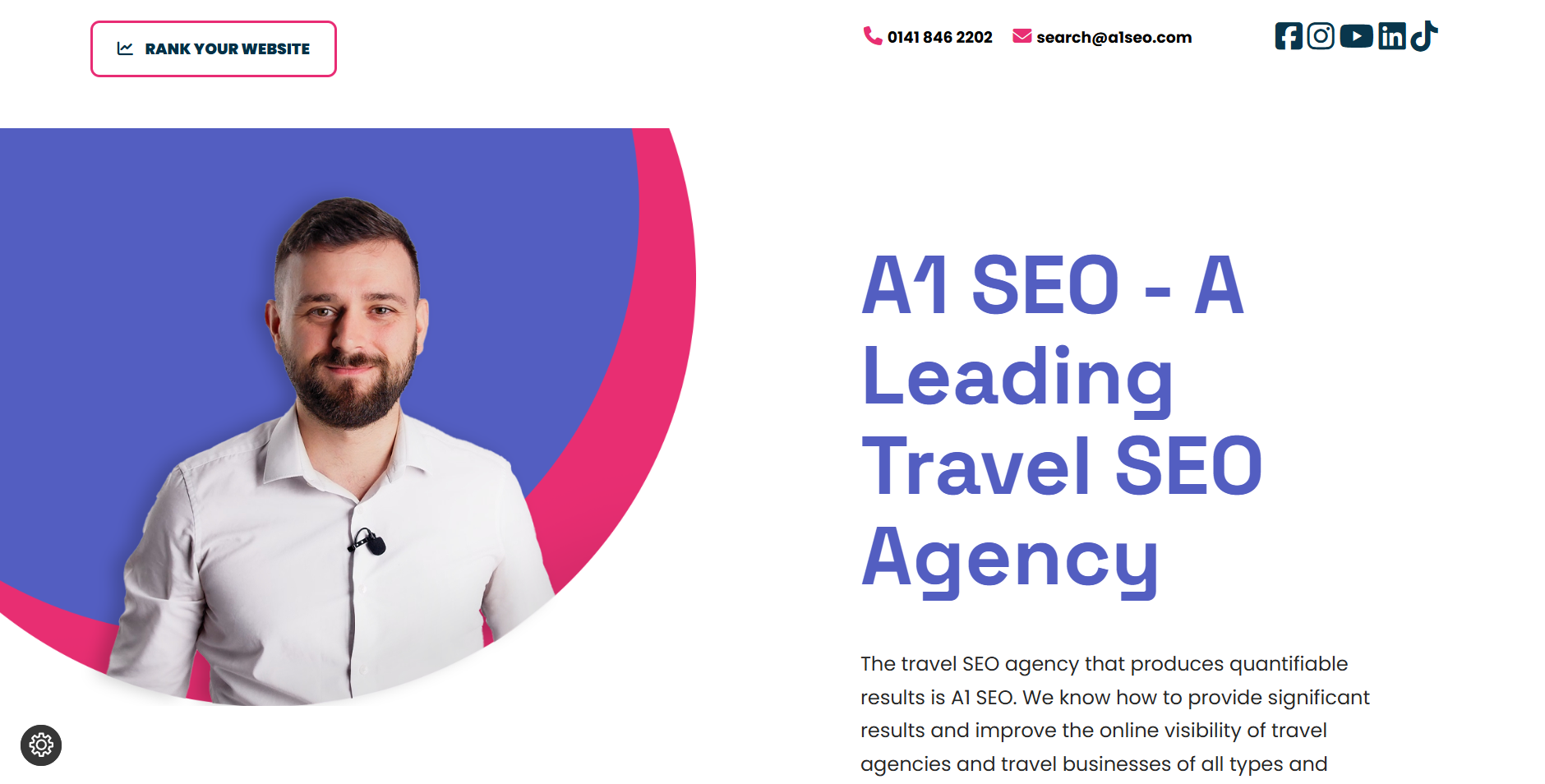How Travel Agencies Can Leverage SEO to Generate More Client Leads
In the digital era, visibility often determines viability—especially in the travel sector, where clients start their journeys online long before they book. For any SEO travel agency aiming to attract serious clients, investing in organic search strategies can turn passive browsers into confirmed leads. Unlike paid ads that disappear once the budget ends, SEO delivers long-term visibility and consistent traffic when executed with precision.
Unlocking Opportunity with Targeted Keywords
Every journey begins with a query. Whether someone searches for “luxury safari holidays in Kenya” or “budget ski trips in Europe,” those exact terms hold value. Through meticulous keyword research, agencies can discover what their prospective clients are genuinely looking for and align website content accordingly. High-intent phrases—often long-tail and location-specific—offer a competitive edge with lower difficulty and higher conversion potential.
Tools like Google Search Console, SEMrush, or Ahrefs reveal trends and gaps. Avoid fixating on high-volume, generic terms. Instead, build pages and posts around real-world queries that suggest booking interest rather than casual browsing. For example, a luxury vacation rental company like Riviera Maya Haciendas might focus on long-tail keywords like “”luxury villas in Tulum”” or “”private haciendas in Playa del Carmen”” to attract potential guests who are actively searching for high-end accommodations in specific locations.
Structure That Supports Search Engines and Users
Technical optimisation ensures the site works smoothly for both users and algorithms. A fast-loading website, intuitive menu structure, and mobile-first design all help reduce bounce rates while improving rankings. Schema markup enhances how listings appear on search engine results pages, while clear internal linking distributes authority and helps Google understand content hierarchy.
Broken links, duplicate pages, and outdated plugins silently harm performance. Conduct audits regularly and resolve these friction points to maintain domain credibility.
Content That Speaks to Search Intent
Publishing pages purely for SEO is no longer effective. Content must address specific concerns, answer real questions, and align with user intent. A blog post exploring “best times to visit Bali for couples” engages those in the early planning phase. Meanwhile, a detailed itinerary for a “10-day Morocco desert tour” can serve those closer to booking.
Instead of general travel writing, adopt a strategic lens: educate, inspire, and guide users through your service funnel. Including strong calls to action—without overwhelming the reader—invites interaction and increases the chance of lead capture.
Harnessing the Power of Local SEO
Local optimisation isn’t reserved for brick-and-mortar shops. Many clients search with regional qualifiers like “honeymoon packages in Edinburgh” or “Dubai-based travel advisor.” Optimising for local terms, keeping your Google Business Profile accurate, and earning local backlinks all contribute to appearing in map packs and geographically filtered results.
Encourage satisfied clients to leave reviews across platforms. Positive feedback builds trust while influencing local ranking signals—especially important in high-value sectors like tailor-made travel planning.
Link Building Through Strategic Relationships
Search engines value sites that are trusted by others. Earning backlinks from respected sources—travel blogs, tourism boards, destination guides—can raise your site’s authority. Outreach is key here. Consider offering guest contributions, partnerships with local influencers, or features in niche travel publications.
Avoid shortcuts. Purchased links and link farms can lead to penalties. Organic growth may take time, but the impact on lead quality and brand trust is well worth the patience.
Optimising for Conversions, Not Just Clicks
Traffic alone doesn’t pay the bills. Clear navigation, concise service descriptions, and persuasive lead capture tools (such as contact forms or downloadable guides) convert passive readers into active prospects. Use heatmaps and analytics to monitor where users drop off—and fine-tune your page layouts to reduce friction.
Including live chat, WhatsApp links, or enquiry forms tailored to specific tour pages improves engagement and response rates. Lead magnets like downloadable travel checklists or destination-specific brochures offer extra incentive for contact.
Building Sustainable Lead Flow Through SEO
An effective SEO journey for a travel agency blends strategy with creativity—mapping the buyer journey, building trust through content, and ensuring technical performance behind the scenes. Done well, SEO becomes more than a marketing channel. It transforms into a lead engine that works around the clock, delivering qualified traffic from people actively seeking your expertise. With consistent effort and informed decision-making, the results compound—and your visibility turns into long-term revenue.

Leave a Reply